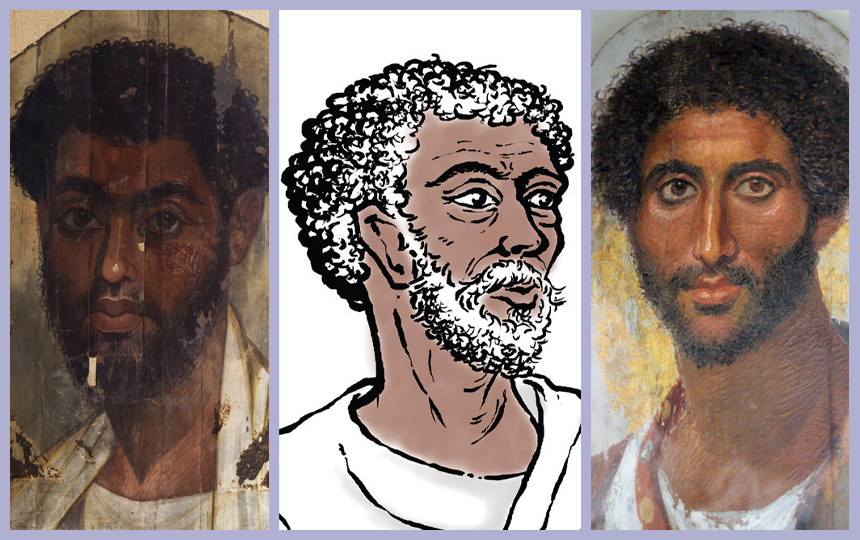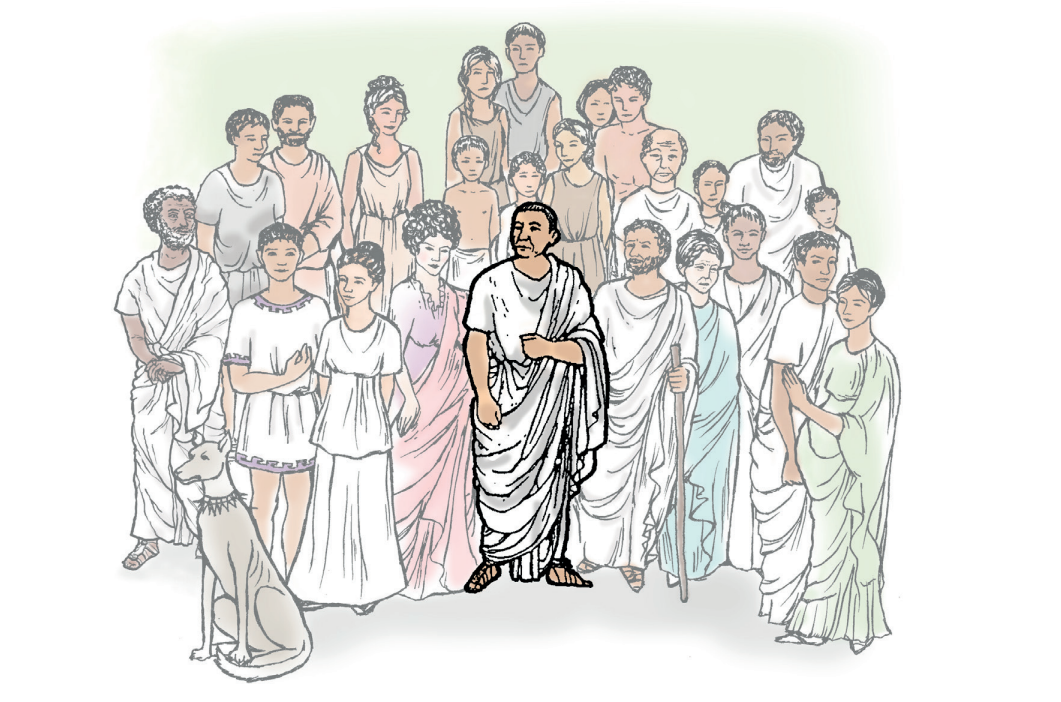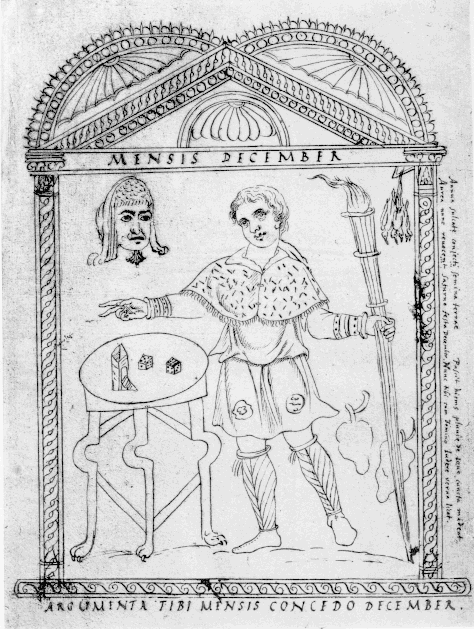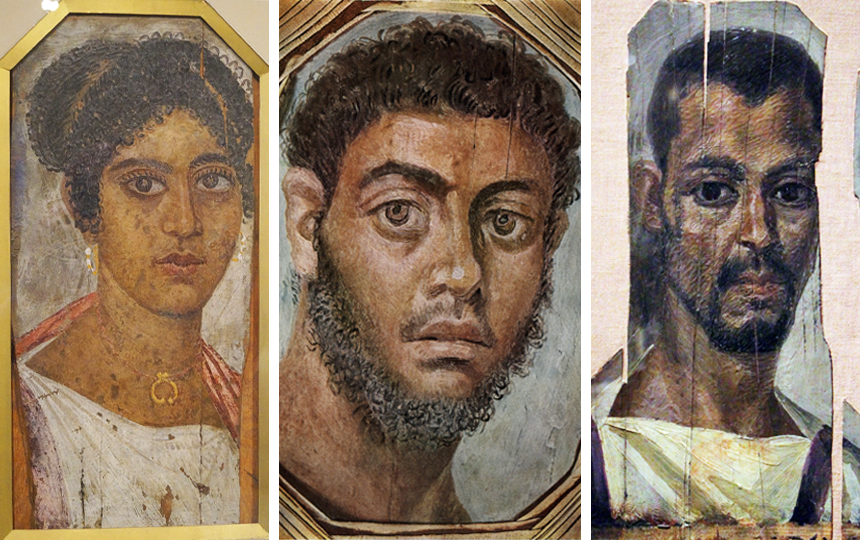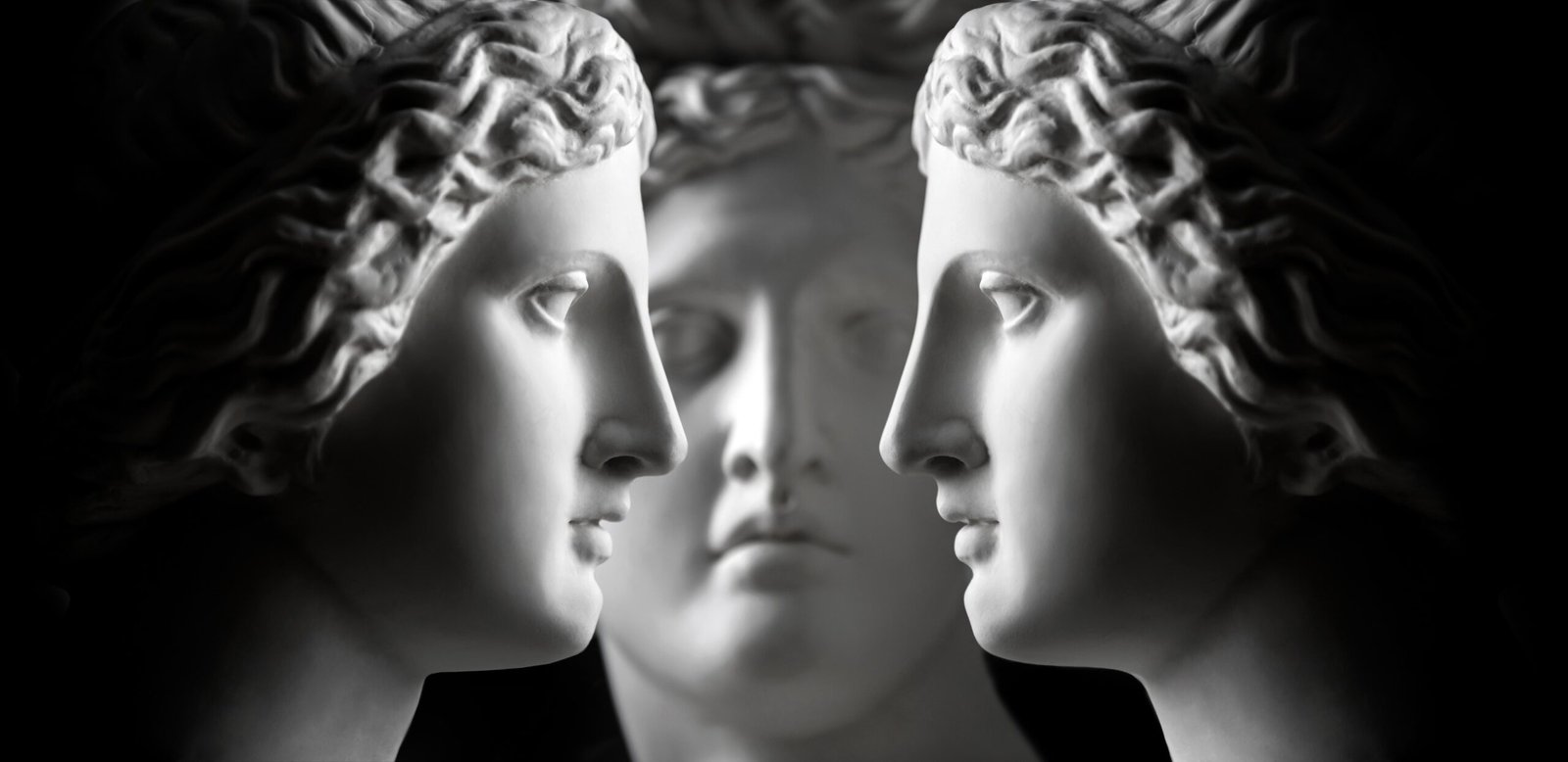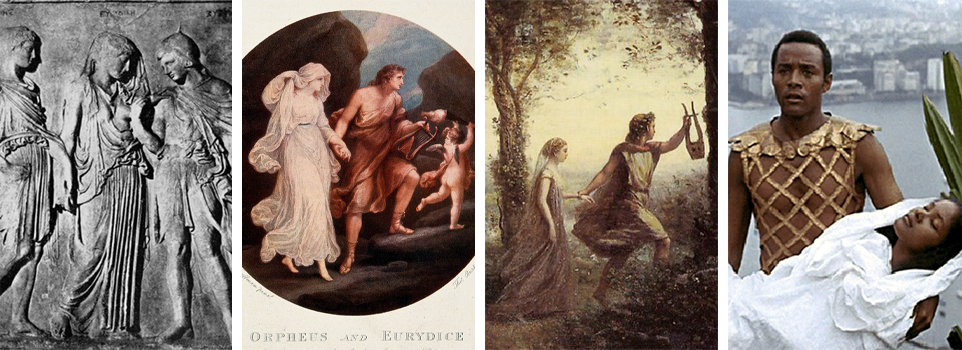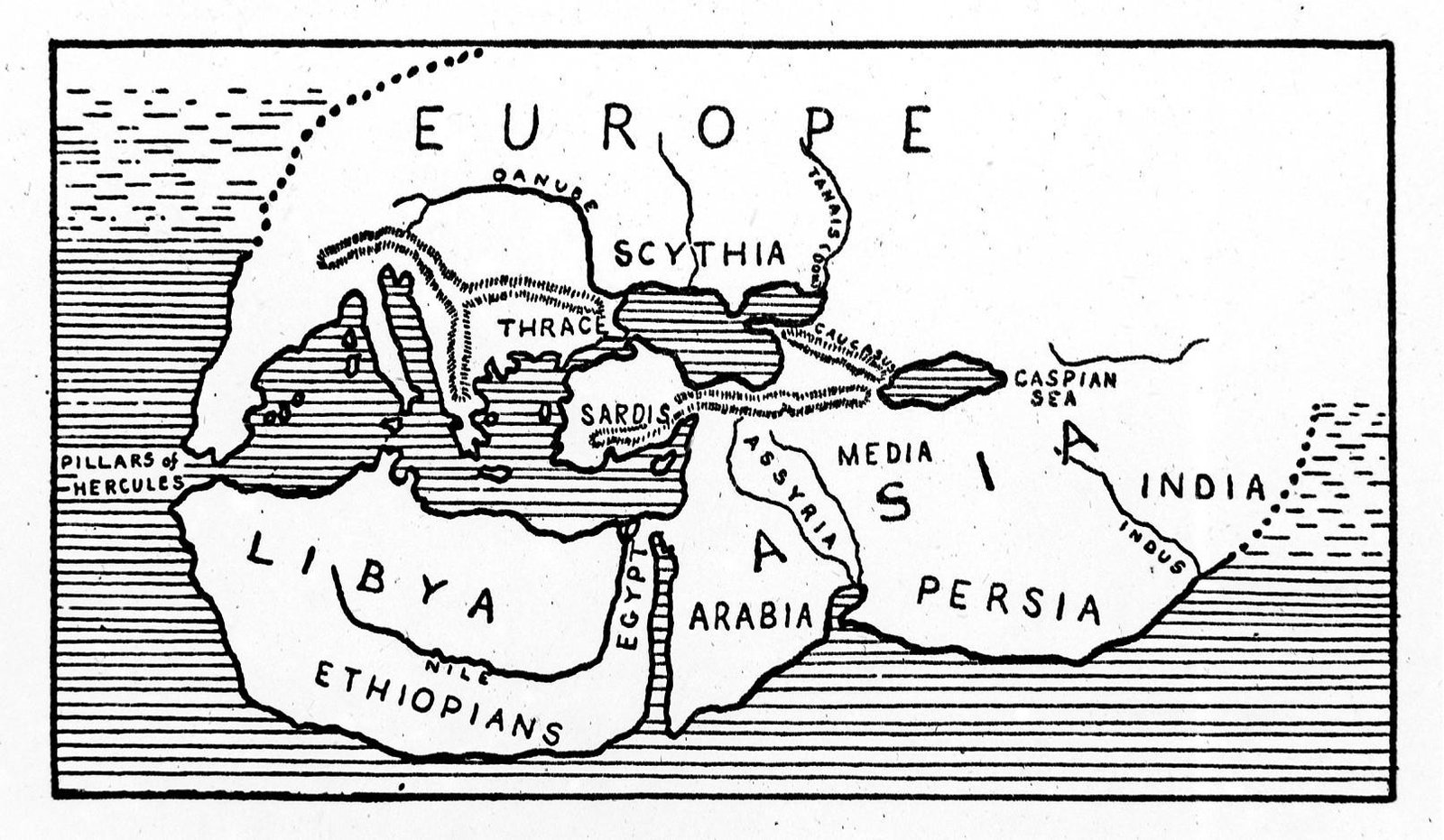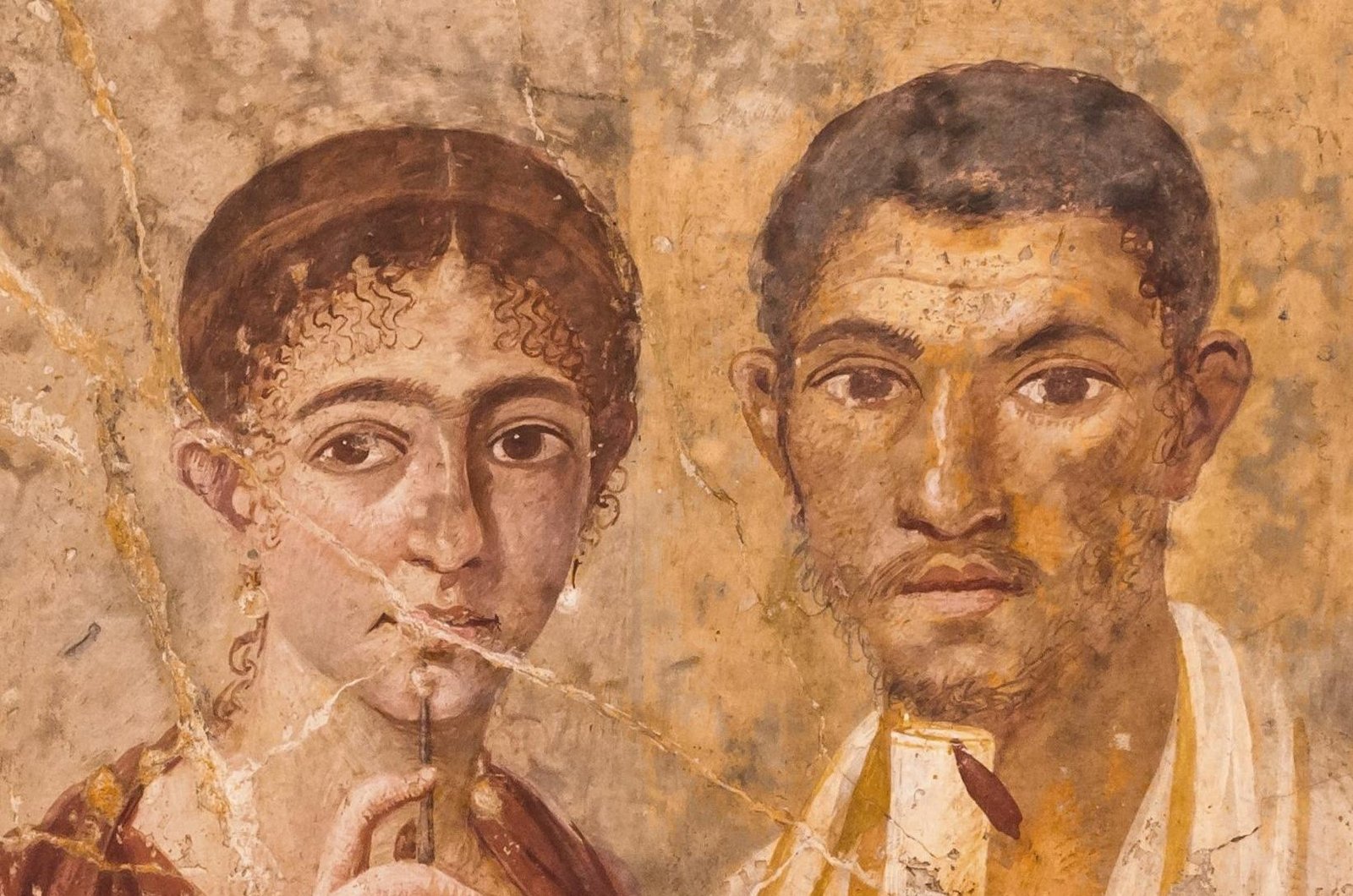Old friends – Barbillus
The character Barbillus has made his way to Book I in the new UK and International edition. In this post, Director Caroline Bristow introduces the history behind the character and the evidence we used to better capture his Greco-Syrian-Egyptian heritage. Barbillus in the new edition of the CLC. On either side of him are the … Read more

